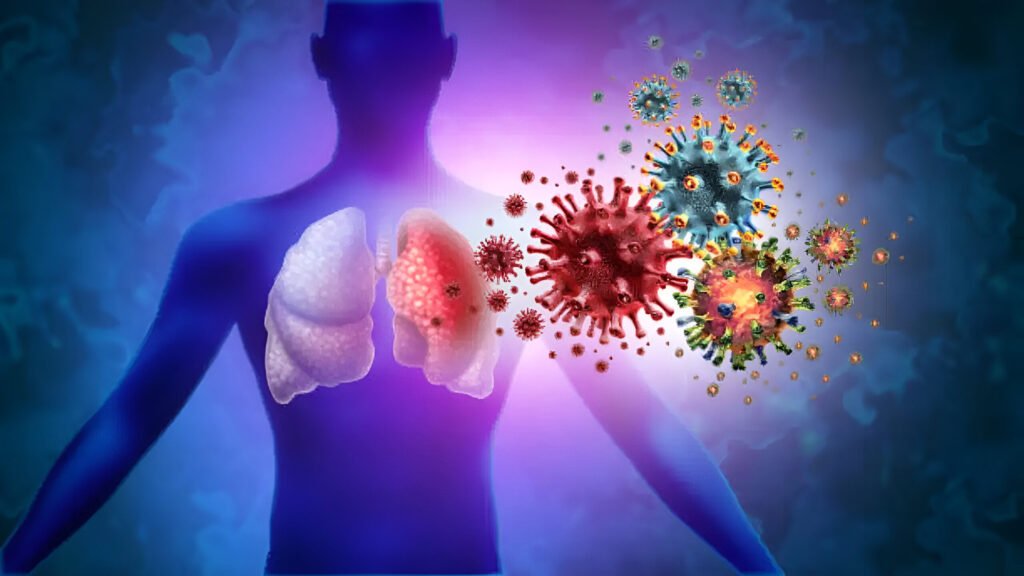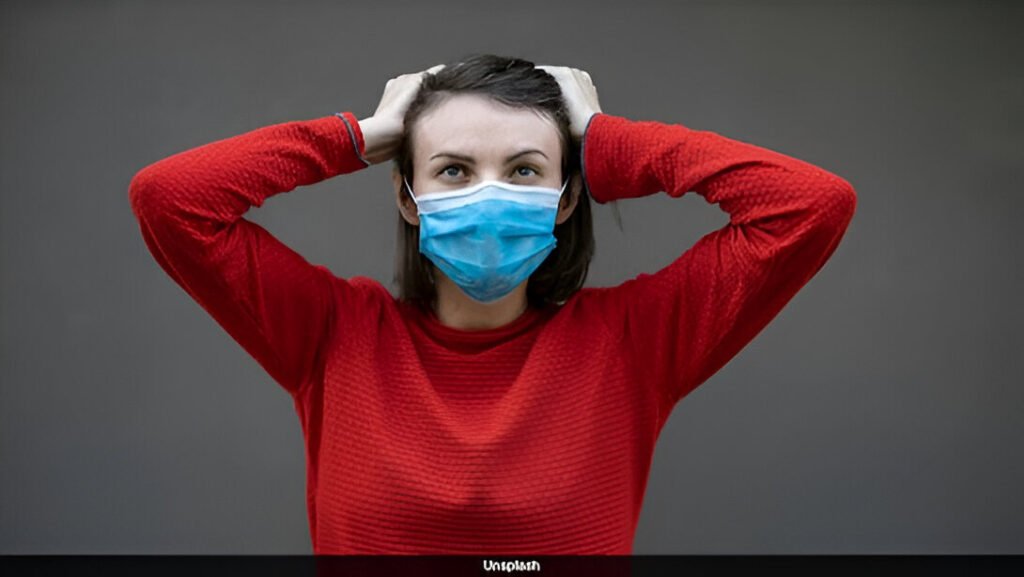
I’ve been following the H5N1 story for months now, and what I’m seeing frankly scares me. The Global Virus Network just issued a stark warning that’s got my attention—and should have yours too. This isn’t just another health scare; it’s a legitimate concern backed by troubling numbers: nearly 1,000 dairy cow herds infected across America and over 70 human cases already, including one death. Let me break down why scientists are hitting the panic button about this bird flu outbreak.
What Makes This Bird Flu Different?
Let’s get something straight—H5N1 isn’t new. The virus first popped up in China back in ’96, but what we’re seeing now is different. It’s evolved.
This nasty little virus primarily hangs out in birds, spreading through their bodily fluids and droppings. Chickens and turkeys catch it easily, and then there’s the wild bird problem—they’re basically flying virus carriers, spreading H5N1 across continents without a care in the world.
What keeps me up at night is the “highly pathogenic” part of its official name. That’s science-speak for “kills birds quickly and spreads like wildfire.” When humans catch it, usually farm workers who handle infected animals, the outcomes can be brutal. We’re talking severe respiratory issues that can spiral downward fast.
Think I’m being dramatic? The CDC puts H5N1 at “moderate pandemic risk” compared to other flu viruses. But many virologists I’ve spoken with privately rank it at the very top of their pandemic nightmare scenarios.
America’s Growing Crisis
The numbers tell the story, and it’s not pretty. Since 2022, American farmers have lost a staggering 168 million birds to this outbreak. No wonder egg prices went through the roof!
This year, the virus jumped species in a major way, infecting over 1,000 dairy cow herds across 17 states. California and Colorado are getting hit particularly hard. I saw footage from a California dairy farm last week—it was heartbreaking.
Then there’s the human toll: 70 cases across 14 states this year alone. That’s more American bird flu cases than we’ve seen in decades. While most people had mild symptoms (thank goodness), there have been exceptions that worry me.
In January, we lost someone in Louisiana—an older person with health problems who’d been around sick backyard birds. What really sent shivers down my spine was hearing that the virus had actually mutated while inside their body. That’s exactly how these things can get worse over time.
Even more troubling? Two cases—one adult in Missouri and a child in California—where health officials still can’t figure out how they caught it. If we can’t trace the infection source, how can we stop it from spreading?
It’s Not Just Birds and Cows Anymore
Here’s where the story gets even wilder. This virus is showing up everywhere. Pigs testing positive is a massive red flag because they can catch both human AND bird flu strains simultaneously. When two flu viruses meet in the same animal, they can swap genetic material like kids trading baseball cards—potentially creating something far worse.
I was hiking last month and couldn’t help thinking about the wildlife angle after reading that over 400 wild animals have tested positive: foxes, skunks, raccoons, and even seals! Apparently, they get infected after eating birds that died from the virus.
And don’t get me started on the wastewater data. Testing shows the virus in 60 out of 250 monitored sites nationwide. In California and Iowa, a shocking 80% of samples are coming up positive. The virus is literally all around us.

The Nightmare Scenario Scientists Fear
Here’s the thing that keeps experts reaching for the antacids: so far, we haven’t seen human-to-human transmission. Each person who’s gotten sick caught it directly from an animal. But viruses don’t stay the same—they change.
As one virologist, Dr. Marc Johnson, posted, X: “This virus might not go pandemic, but it is really trying hard, and it sure is getting a lot of opportunities.”
The LANCET report specifically warns about a terrifying possibility—H5N1 mixing with seasonal human flu viruses during winter months. That’s the perfect recipe for creating a new strain that could spread easily between people while maintaining its dangerous punch.
I’ve lived through one pandemic already. The thought of another—potentially worse—one makes me want to stock up on canned goods and N95s all over again.
What Needs To Happen Yesterday
The Global Virus Network isn’t mincing words. They’re practically begging governments to take this seriously before it’s too late.
I spoke with a farmer in Colorado last week who told me testing was completely voluntary until very recently. Even now, they only test cows crossing state lines. That’s like checking for flight safety only when planes change airlines!
Dr. Peter Palese from GVN says we urgently need better biosecurity on farms and public education about handling poultry products. His colleague Dr. Ab Osterhaus thinks vaccines might help stop transmission in cattle.
The good news? America does have some preparations in place. There are roughly 20 million bird flu vaccines stockpiled that scientists say match well with the current H5N1 strain. We could make 100 million more if needed. And yes, normal flu antivirals like Tamiflu seem to work.
But many experts I’ve talked to feel we’re moving too slowly. The previous administration created an Office of Pandemic Preparedness after COVID, but reports suggest it’s now practically empty and unfunded. Hope that changes soon, because we need all hands on deck.
My Take on This Whole Mess
Look, I’m not trying to freak anyone out unnecessarily. But having watched COVID unfold and seeing how quickly a virus can upend everything, I think we’d be fools to ignore these warnings.
This H5N1 situation feels like watching a disaster movie in slow motion. We can see the threat. Scientists are pointing at it with flashing neon signs. The question is whether we’ll act in time or repeat the same mistakes.
The costs of overreacting are relatively small. The costs of underreacting? Well, we all lived through that movie once already.
I’ve started paying more attention to where my eggs and dairy come from. Making sure everything’s properly cooked. Small steps, sure, but it’s what we can do as individuals while hoping those in charge are taking the bigger, necessary actions.
Because if there’s one thing COVID taught us, it’s that preparing for the worst while hoping for the best isn’t paranoia—it’s just good sense.
What do you think? Are we doing enough? Drop your thoughts in the comments.









